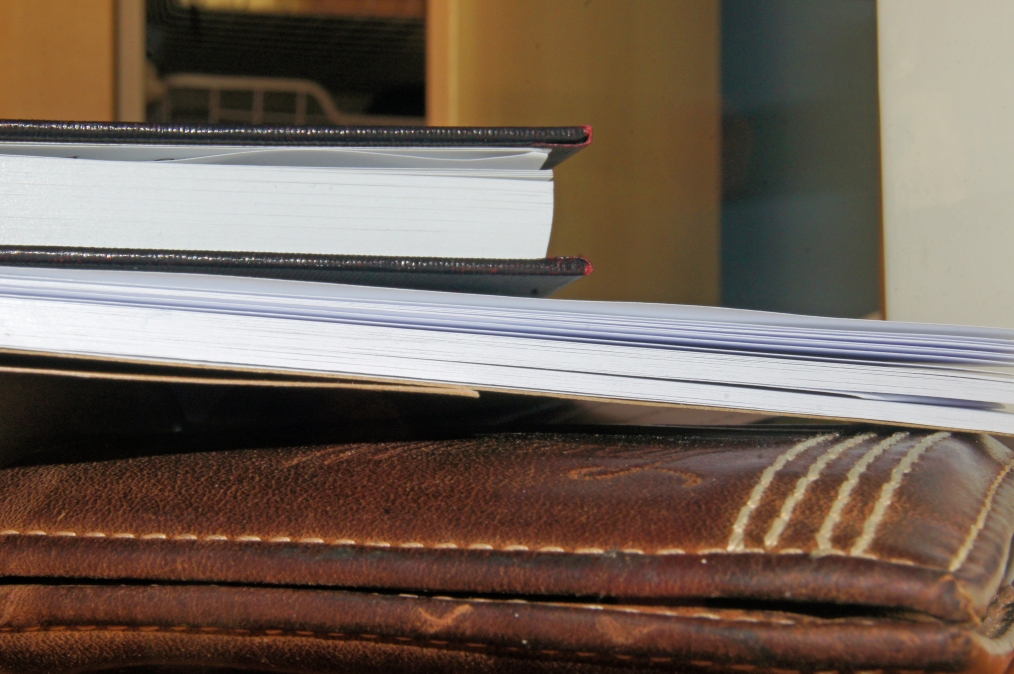For this exercise I have used a child’s birthday party with a magician there and spent pretty much the whole time with the camera to my eye, it was different to watch a scene unfold through the viewfinder.
Because of the type of event and being indoors I will shoot at an ISO of 400 and will not use the flash so as not to draw attention to myself so I can get an image of people enjoying themselves not worrying if I have just taken a picture of them.
All the people in all of these images gave me permission to use them.

Image 1. With this shot I saw the little girl on her mums lap playing with her nan but noticed I had to move because, most of the blinds in the hall were a peach/orange colour and were shut so making everything have an orange sort of colour to it then there was the sun light coming in from the doorways behind them which was making a bit of lens glare and overexposure in the doorways, also I felt it would be better to get a bit closer with the shot.

Image 2. With this image I zoomed in a bit more to see how it looked but also lowered my position but was still left with a bit of overexposure in doorways plus people started to walk past me so they were getting in the way so I moved around to the right.
Image 3. I liked this image a lot more as you can see the interaction going on between the 3 of them. There is still a bit of a lens glare just above the middle lady, will try moving a little more to the right and see what I can get.
Image 4. My final shot in this set of images and I love it you can see how the little girl is holding eye contact with her nan, the nan enjoying giving the little girl some attention and the little girls mum watching with a nice embrace and a loving watch over her.

Image 1 2nd set. With the telephoto lens from across the hall I noticed the birthday boy on his mummy lap on the floor just watching the magician. In this shot the birthday boy had just got a present from the magician so having a quick look at it all nice shot but can see mum to well so will zoom in a bit more.

Image 2 2nd set. I like this image seeing how everyone is caught up watching the magician but want to see what it would be like to take the frame in a bit more with the zoom.

Image 3 2nd set. Almost everything how I want it there is a hand that has come up at the bottom of the screen which I find distracting. Try again.

Image 4 2nd set. Just as I wanted the image Birthday boy and mum watching the magician not knowing that the image was taken until later on in the day when I told her.
Now I went for a sequence with 2 girls my daughter and my niece as they were sat together and looked ideal as they were really getting in to the magic show and had no idea that I could see them through the viewfinder as I followed them in amongst the children.

Image 1 3rd set. The magic show is now underway now, being drawn towards that pink balloon in the image.

Image 2 3rd set. Thought I would come back to the balloon just looking as to what’s here maybe the magician is worth a look.

Image 3 3rd set. Nothing I can see is jumping out at me so I will go to just the kids in the crowd.

Image 4 3rd set. The kids getting involved in the show perhaps changing the layout will work better.

Image 5 3rd set. This looks better can not pick out one thing to go for I feel the image is a little crowded.

Image 6 3rd set. Found that pink balloon drawn in to the 2 girls glued to watching the magician will try zooming in a little.

Image 7 3rd set. I moved a couple of feet to my left and zoomed just a small amount, feel I should have moved the camera a little to the right as no centred.

Image 8 3rd set. Have zoomed in that little bit but do not like all the half pieces of kids around the edges so will zoom in on the girls faces and see how it looks.

Image 9 3rd set. The girls look good they are caught up watching and waiting to see what happens just want the fingers out of the mouth.

Image 10 3rd set. They are intently watching the show but that balloon just will not go away so I will move to come more from the side perhaps then no balloon.

Image 11 3rd set. Have come around to the side at a lower angle and the balloon got taken away by the girls mother, I like what I see will zoom in a little.

Image 12 3rd set. Had to move back to the right as the girls moved forward do not like the hat in the view.

Image 13 3rd set.
Got it 2 girls in sheer amazement at what the magician had just done, they are nicely centred the children in the background are fixed on the magician. None of the children have the tops of their heads cut off. I love it.

































































